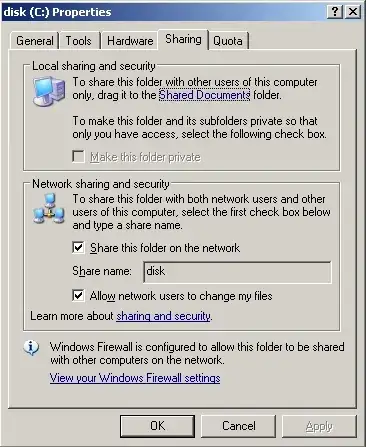At the moment I am investigating the possibility to use Kerberos as the primary authentication protocol for our cloud structure. We'll probably follow through with this idea and for the sake of HA the best option would be multiple virtual machines. I know there are some problems with virtual environments and Kerberos, especially on the topics of randomness and entropy. It is been my understanding that Kerberos needs direct hardware access, but I'm not sure if that still is the case.
On any of the test environments MIT Kerberos runs without any complications on virtual hardware. Question is, is this a recommended setup for a production environment?
